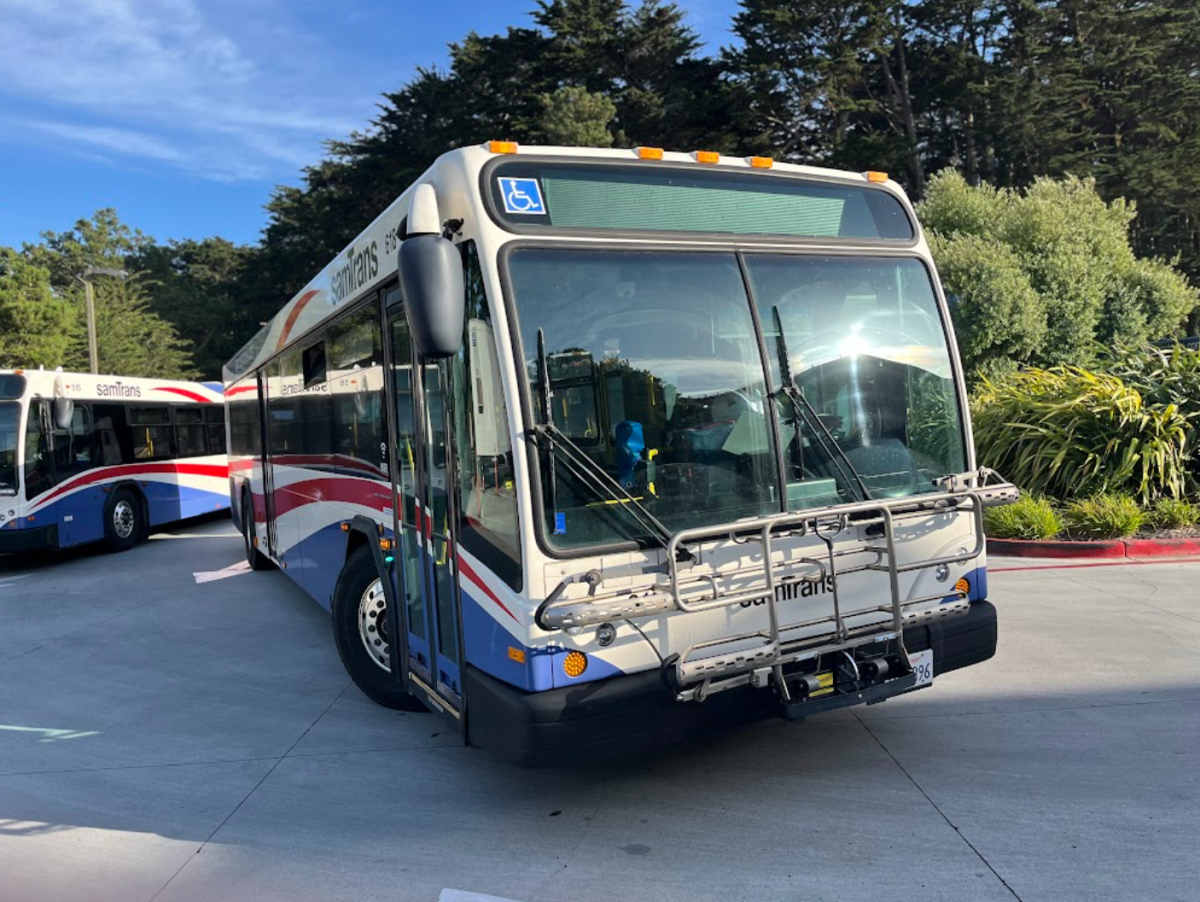It’s no secret that Caltrain, like so many other companies in California, is struggling to stay afloat. In the past several years we’ve seen schedule cutbacks, fare increases and serious financial woes from Caltrain, and things have only temporarily improved.
Caltrain is an integral part of the economic structure in the Bay Area. These trains appear to just run in the background, in and out of our daily life, but without them our very prosperity is at stake. Annual ridership right now is higher than it was during the peak of the dot-com boom in 2001, with more than 40,000 riders annually. Commuters rely heavily on public transportation on the Peninsula. Without a fast method of transportation with few stops, most of those 40,000 riders would resort to driving. This in itself would cause a plethora of problems, including more traffic congestion, more air pollution and a greater reliance on our cars.
The issue of traffic is not to be taken lightly. While it may not be of the same magnitude as polluting the air, there is something to be said about adding an extra 40,000 drivers to our already overly congested freeways. Rush hour in the Bay Area has gotten worse and worse over the past few decades, and if Caltrain falls, it will undoubtedly become even more of a nightmare. It’s almost enough to make a person want to stop commuting.
If that happens, of course, we’ll be in a real pickle. California’s economy is heavily reliant on the success of Silicon Valley, an area that might have trouble drawing in prospective employees if the Bay Area is deemed an unpleasant place to live. Silicon Valley is the mecca of technological influence, but we may see that dispersed if (a) people stop moving here and (b) people don’t want to commute several hours a day.
Caltrain’s financial issues have stemmed from one major cause: San Mateo County’s SamTrans. It used to be that SamTrans teamed up with Muni and Valley Transportation Authority to cover about 40% of Caltrain costs. However, when SamTrans was blindsided with a $13 million reduction, it cut the subsidy it usually pays to Caltrain. Shortly thereafter, Muni and VTA also cut their funding, and within a matter of days Caltrain had lost almost half its money. This raised the alarm for Caltrain, who expected 2011 to be its downfall.
Luckily, VTA, Muni and the Metropolitan Transportation Commission have given Caltrain money for this year and, with an increase in fares and higher parking prices, Caltrain will survive until 2012. However, this is not a solution to the problem. Caltrain continues to borrow money from other companies and is far from self-sufficient. Even with fare costs that are nearly equivalent to how much it would cost to drive wherever you’re going, Caltrain can’t support itself and in turn must rely on other programs that aren’t much better off. If this problem is to be solved, Caltrain will have to get a lot more creative.







